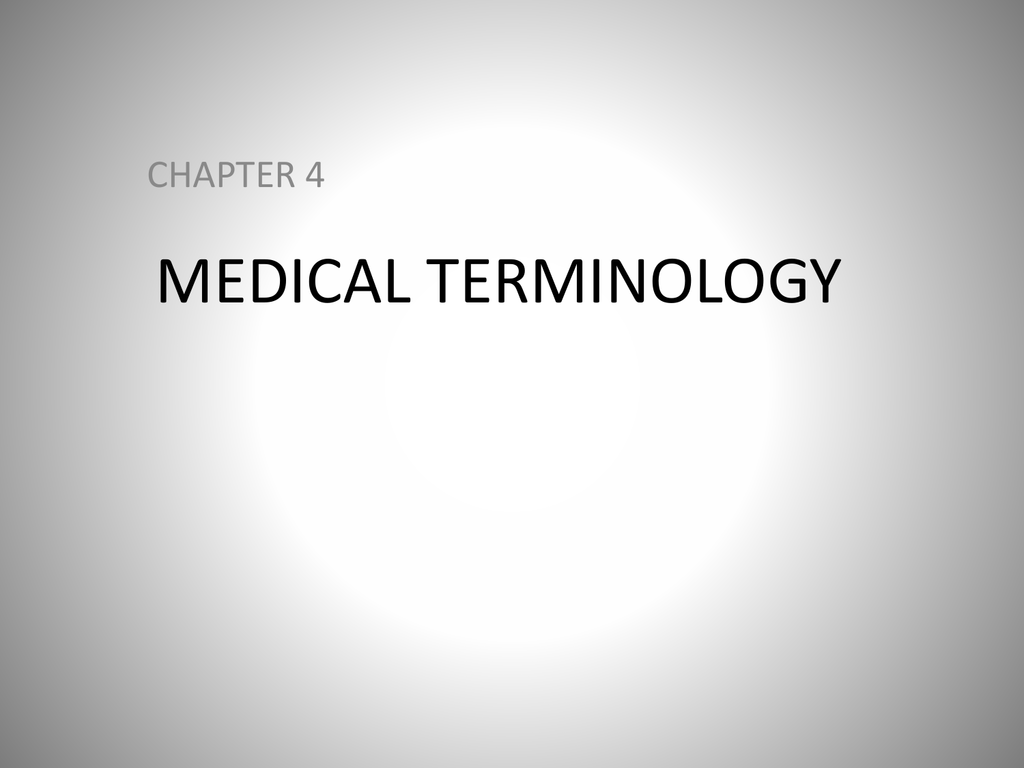

MAC bacteria naturally reside in soil and water. It’s seen more commonly in people who smoke or have emphysema. When infection causes a hole in your lung tissue, you have a more profound infection and curing it can be more challenging. This is the more severe form of MAC lung disease. Untreated patients can see an increase in bronchitis and pneumonia. This type is seen more in older, thin women who don’t smoke. The chronic inflammation from a slow-growing infection leads to bronchiectasis - an irreversible dilation of the airways that can make it both harder to clear infections and increase the risk of new infections. This occurs when infection develops in the small airways and air sacs, causing what looks like lung nodules on imaging. It causes swollen lymph nodes, usually in the neck. MAC-associated lymphadenitis mainly affects healthy children.Disseminated MAC infections spread throughout your body through your bloodstream and most commonly affect people with advanced AIDS and other types of immunocompromised conditions.Pulmonary MAC infections affect your lungs and respiratory system.The amount of NTM lung disease has been steadily growing over the last two decades and experts expect this trend to continue. MAC lung disease is the most common, making up nearly 80% of NTM infections. More than 86,000 Americans have some type of NTM infection. But the treatment and approach are the same.

Many species of mycobacteria comprise the group we call MAC. The Mycobacterium tuberculosis bacterium causes TB. There are nearly 200 species of NTM, and MAC accounts for almost 80% of pulmonary diseases in the U.S.Īn NTM infection is different from tuberculosis (TB), which is an infectious disease that spreads from person to person and can cause more rapid and severe illness. This category of microbe causes nontuberculous mycobacteria (NTM) infection. They’re a type of nontuberculous mycobacteria (NTM). MAC bacteria reside naturally in dust, soil and water. When an infection happens, it affects breathing and can be difficult to treat if detected late. But some pre-existing conditions can make some people more susceptible to developing a slow-growing infection once MAC enters their airway. Most people who breathe in or swallow these germs don’t get sick. A group of bacteria called Mycobacterium avium complex (MAC) causes MAC lung disease.


 0 kommentar(er)
0 kommentar(er)
